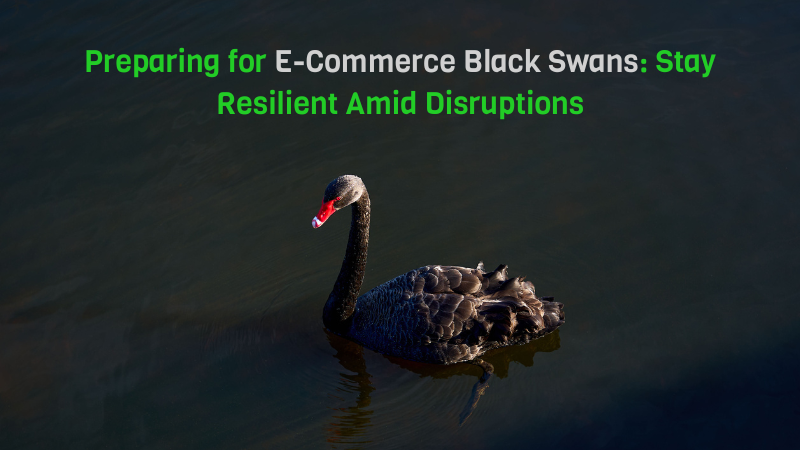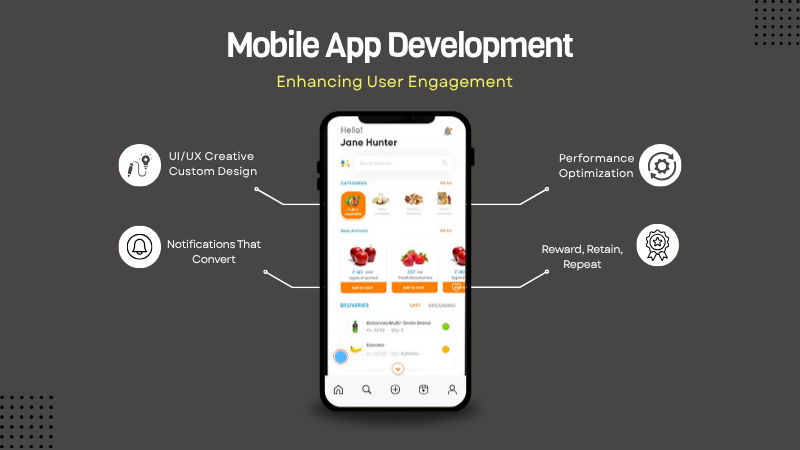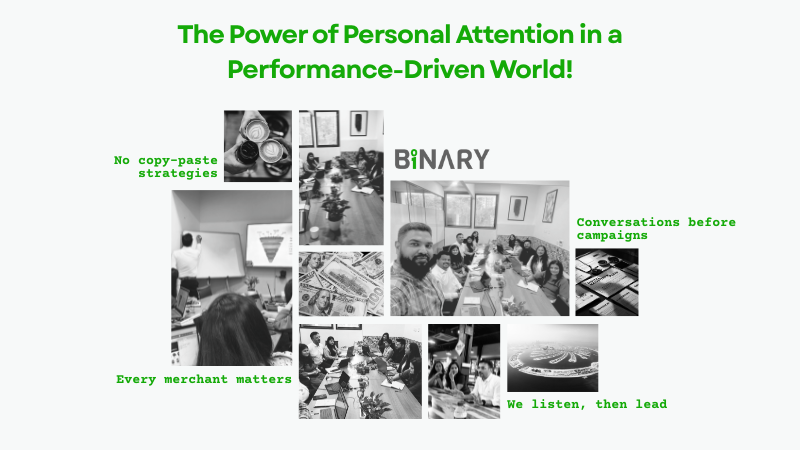The e-commerce world is fast-moving and unpredictable. What seems like a solid strategy today can become obsolete tomorrow. If there’s one lesson history has taught us, it’s that industry disruptions—or black swan events—are inevitable. But while some brands get swept away, others not only survive but come out stronger.
What Are E-Commerce Black Swans?
A black swan event is an unpredictable and rare occurrence that has massive consequences. In e-commerce, this could mean sudden policy shifts, market crashes, or changes in consumer behaviour that shake up the industry overnight.
Let’s take a walk through the past to see how some brands adapted while others struggled.
Lessons from Past E-Commerce Disruptions
1. The 2020 Pandemic: A Blessing or a Blow?
The COVID-19 pandemic caused one of the biggest shifts in online shopping. While some brands skyrocketed, others crumbled under supply chain issues and sudden demand spikes.
Survivors: Brands with flexible supply chains, strong D2C models, and digital adaptability (Amazon, Shopify – based brands, Zoom) pivoted quickly.
Casualties: Retailers who relied solely on offline sales or had weak e-commerce infrastructure (JCPenney, Debenhams) struggled or shut down.
✅ Lesson: Agility wins. Brands that had scalable logistics and a digital-first mindset could pivot faster.
2. The iOS 14 Privacy Update: The Adpocalypse
In 2021, Apple’s iOS 14 update changed how advertisers tracked users, disrupting Facebook and Instagram advertising. Brands that depended on paid social ads saw customer acquisition costs skyrocket.
Survivors: Those who built strong owned audiences (email, SMS, communities) and diversified marketing (SEO, influencer marketing, organic social).
Casualties: Brands overly reliant on Facebook ads faced declining ROAS and struggled to adapt quickly.
✅ Lesson: Don’t put all your eggs in one marketing basket. Brands that invested in first-party data and omnichannel strategies stayed ahead.
3. The Supply Chain Crisis: From Abundance to Scarcity
With shipping delays and supply shortages in 2021-22, brands relying on just-in-time inventory got hit hard. Some couldn’t deliver during peak seasons, while others lost customers to better-prepared competitors.
Survivors: Brands that had diverse supplier networks, stocked up in advance, and adopted localised fulfilment strategies.
Casualties: Businesses dependent on a single supplier or dropshipping models faced massive delays and customer churn.
✅ Lesson: Supply chain resilience is key. Always have backup suppliers and strategic inventory management.
How to Future-Proof Your E-Commerce Business
The next black swan event won’t announce itself. But here’s how you can prepare for whatever comes next:
- Build a Direct Relationship with Customers – Don’t rely solely on ads; grow an email & SMS list to keep customers engaged.
- Diversify Sales Channels – Be present on multiple platforms (D2C, marketplaces, social commerce) to avoid single-point failures.
- Strengthen Your Supply Chain – Work with multiple suppliers, consider local sourcing, and optimize fulfillment.
- Keep Cash Flow Healthy – Unexpected shifts demand financial flexibility. Keep reserves to handle downturns.
- Stay Agile & Experiment – Trends shift fast. Brands that constantly test new marketing, sales, and product strategies will stay ahead.
Final Thoughts
Black swan events aren’t a matter of ‘if’ but ‘when.’ The brands that treat adaptability as a core strength will continue to thrive, no matter what the industry throws their way.
So, the real question is: Is your e-commerce brand built for resilience?

















